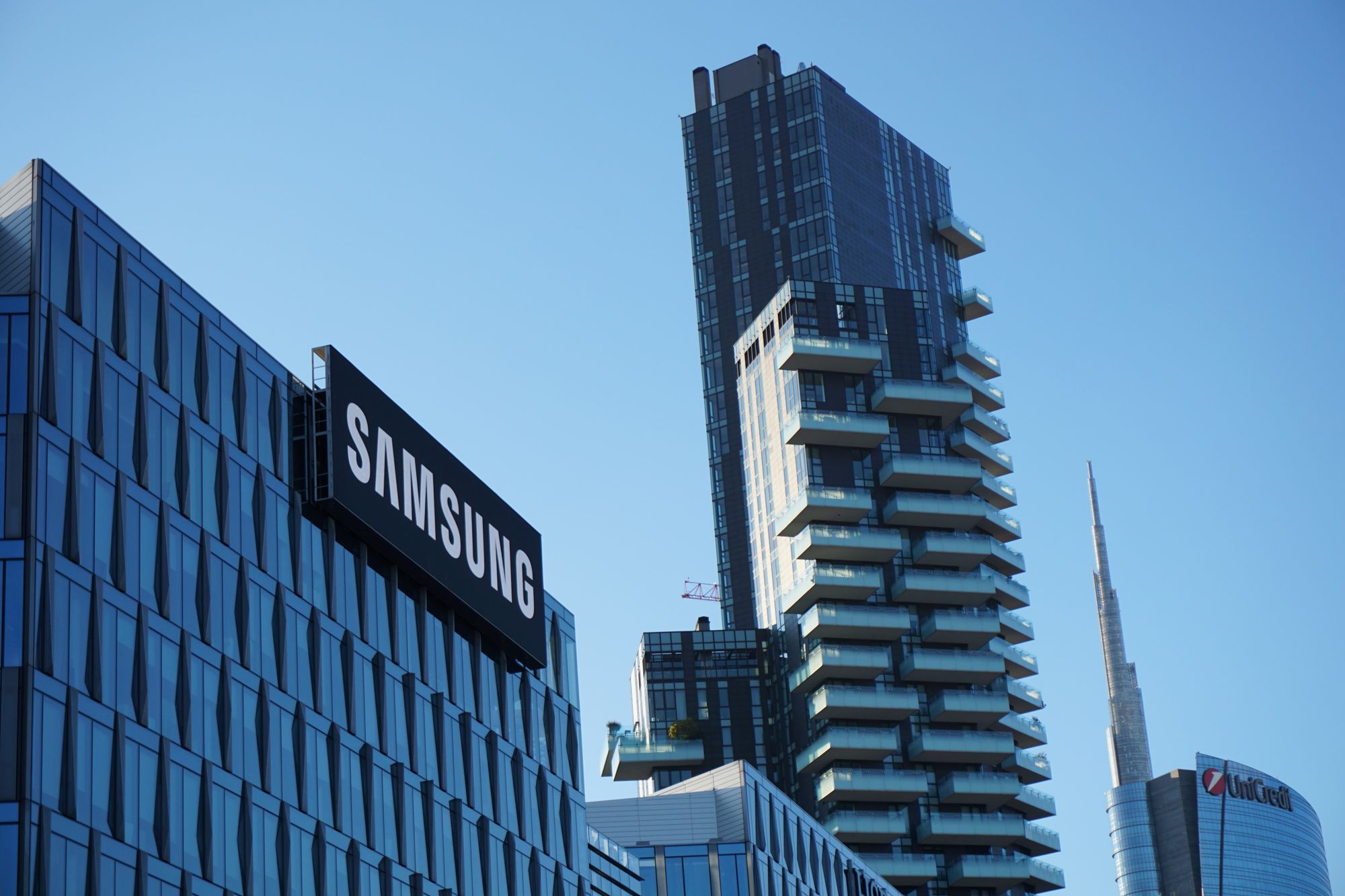Google Combats Search Spam

For anyone who uses Google Search, you know that when you search for a result you are trying to look for your are fronted with one or two spam links that happen to pop up in the search results as one of the top entries because they have been key worded in a way to fool Google’s spider into thinking that it is a result you are looking for.
Since last month it has become very clear that search results are becoming even more overloaded with this spam. Again, this isn’t new and it has happened since the dawn of Google. People are noticing that it is getting worse and worse as time goes on, and now Google seems to be listening to those crying out for something to be done.
Today, Google’s search quality department leader, Matt Cutts has written a blog post finally acknowledging the problem users are having with their searches. He goes on to explain how Google and his team plans to fix it.
In a very lengthy post from Matt Cutts, he first off explains how the Google team will be making changes and tweaks to the search algorithms:
…we recently launched a redesigned document-level classifier that makes it harder for spammy on-page content to rank highly. The new classifier is better at detecting spam on individual web pages, e.g., repeated spammy words—the sort of phrases you tend to see in junky, automated, self-promoting blog comments. We’ve also radically improved our ability to detect hacked sites, which were a major source of spam in 2010. And we’re evaluating multiple changes that should help drive spam levels even lower, including one change that primarily affects sites that copy others’ content and sites with low levels of original content.
Matt Cutts also brought up the point of a new phenomenon called “content farms” which are sits that consist of low quality content, typically produced to rank well in search results. These “content farms” are Google’s prime focus now to make higher quality searches.
As “pure webspam†has decreased over time, attention has shifted instead to “content farms,†which are sites with shallow or low-quality content. In 2010, we launched two major algorithmic changes focused on low-quality sites. Nonetheless, we hear the feedback from the web loud and clear: people are asking for even stronger action on content farms and sites that consist primarily of spammy or low-quality content. We take pride in Google search and strive to make each and every search perfect.
Matt Cutts goes on to write that overall web spam is shown less than half as often as it was five years ago when the web spam took a sharp increase. Google’s notice to the web spam issue is now clear and with a strong action plan to combat trolls on the internet Google will begin to implement the newest algorithms as fast as they can change them effectively.
One a last note that Matt Cutts leaves us on is some misconceptions about Google Ads and the sits page ranking. He assures us that ad loaded spam sites do not have an influence on page ranking. Nor does buying Google Ads increase the likelihood of the site being pushed to the top of the list. Those rules have always applied to the Google search structure but they were brought up again to let users know that Google cares.




